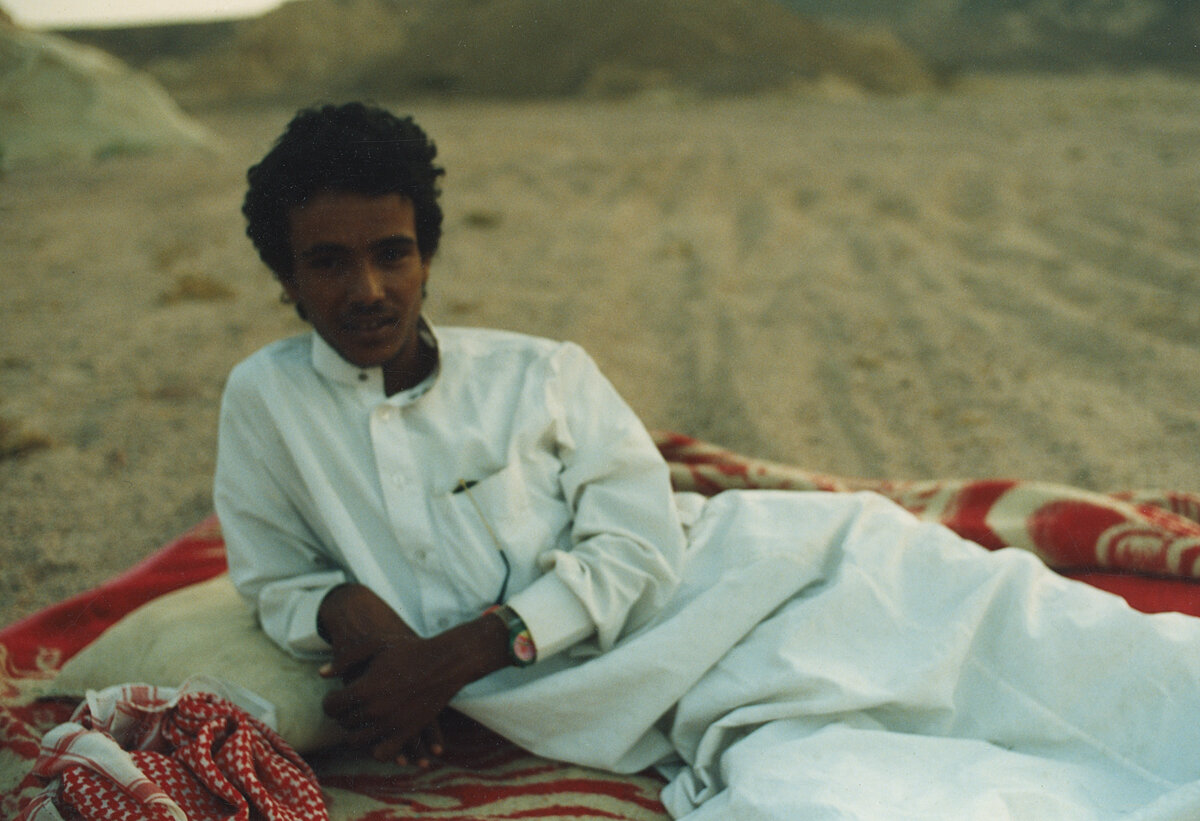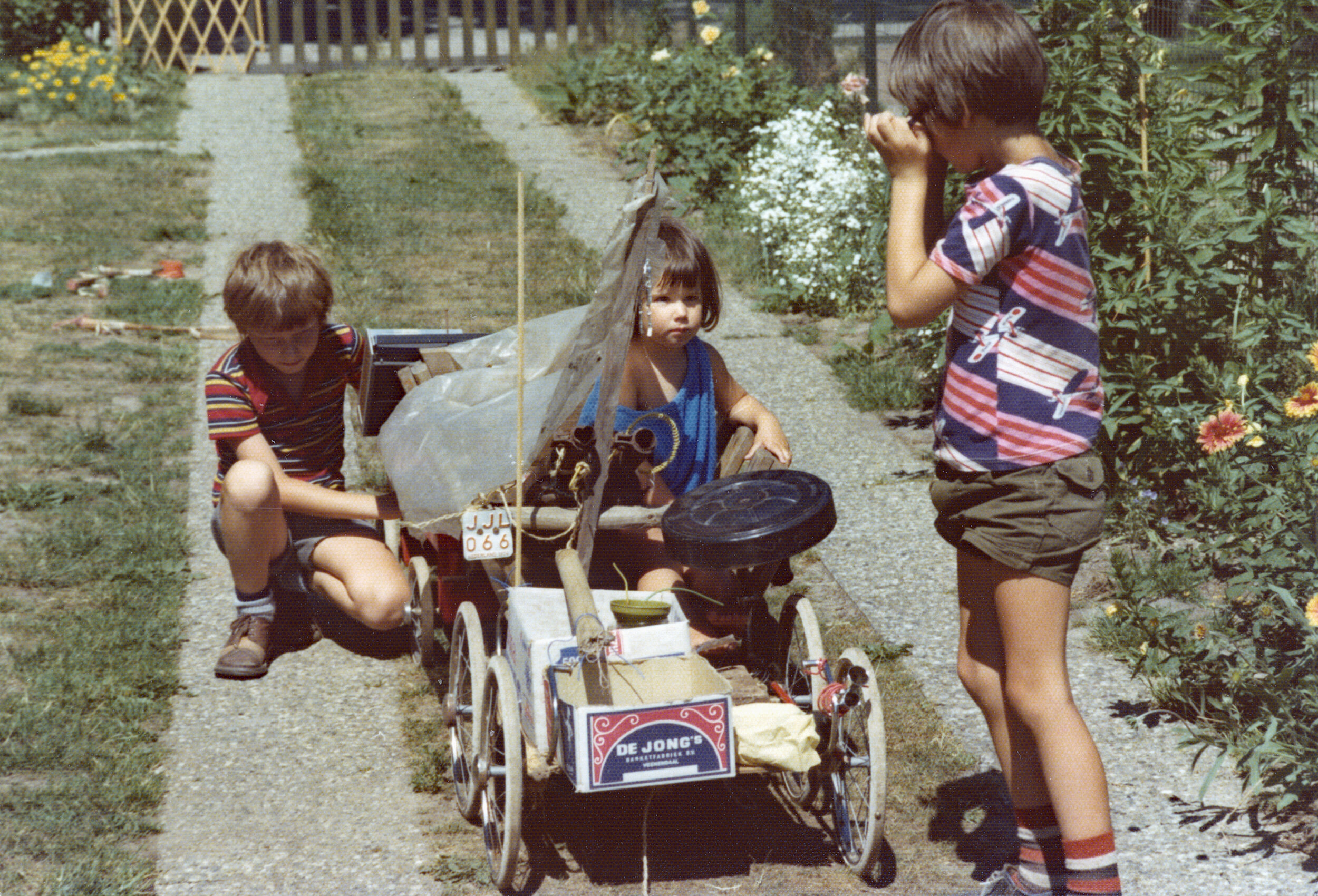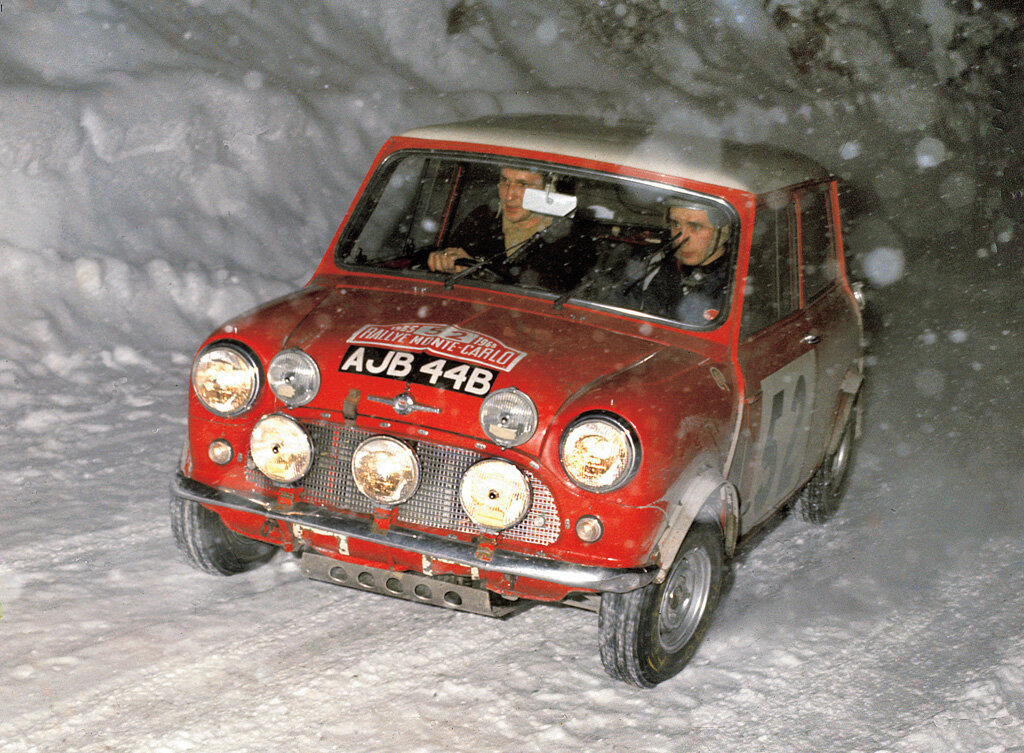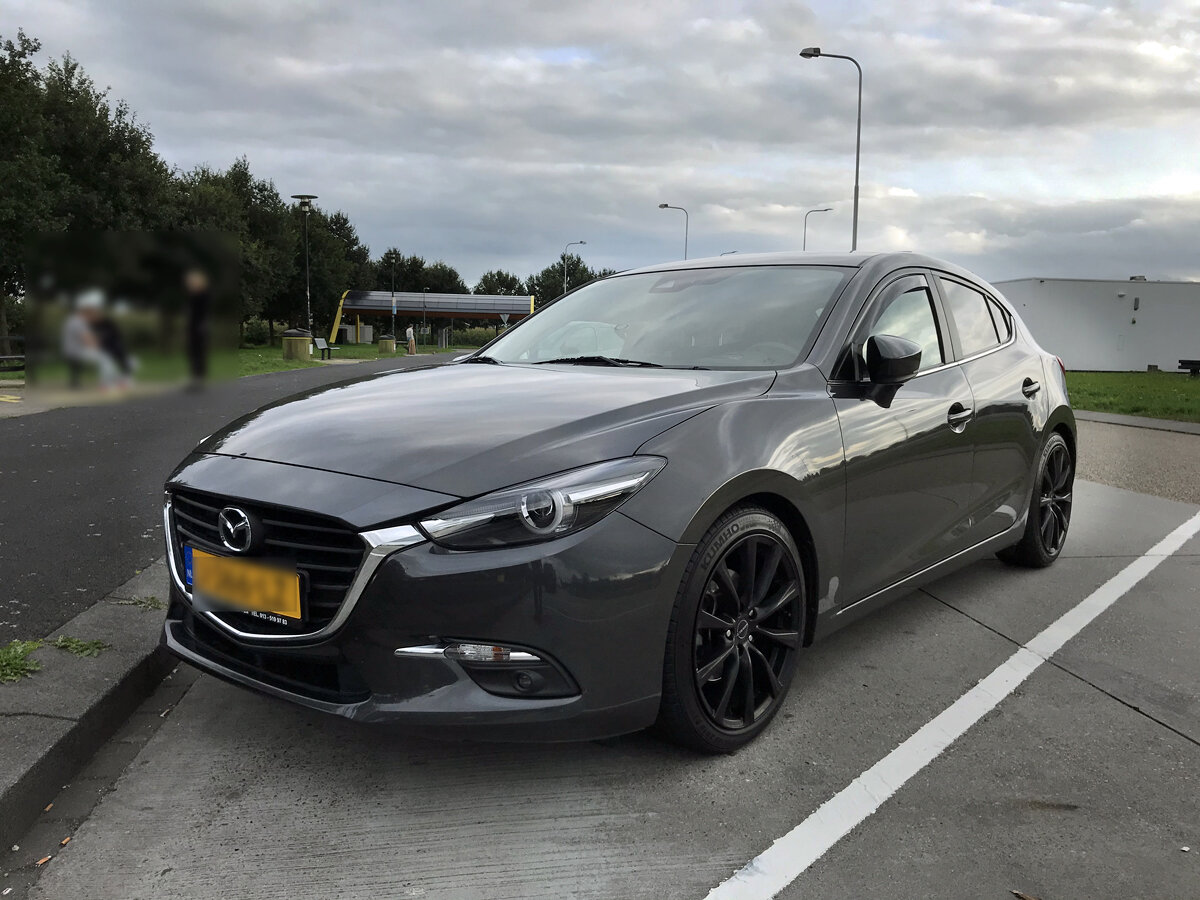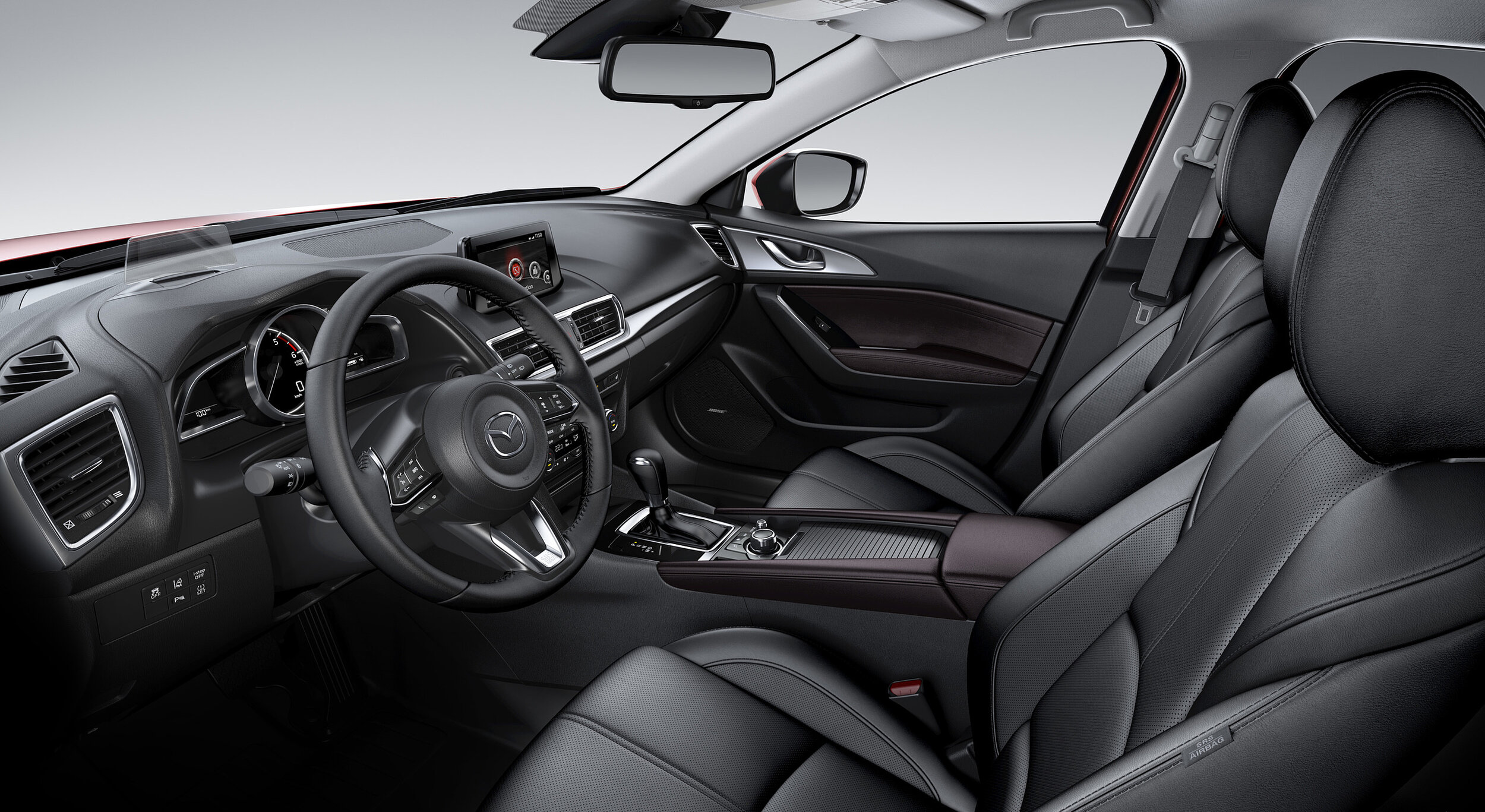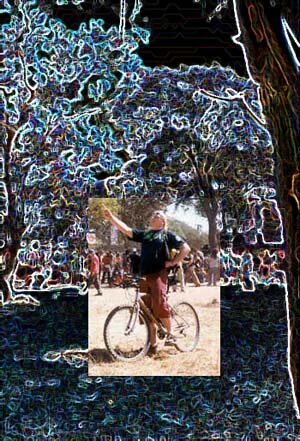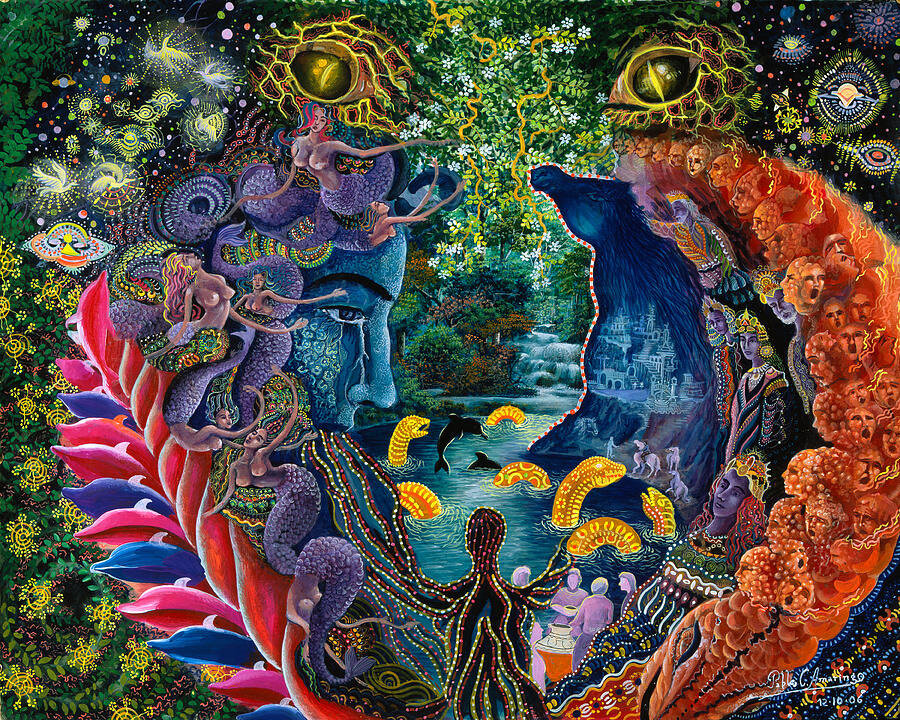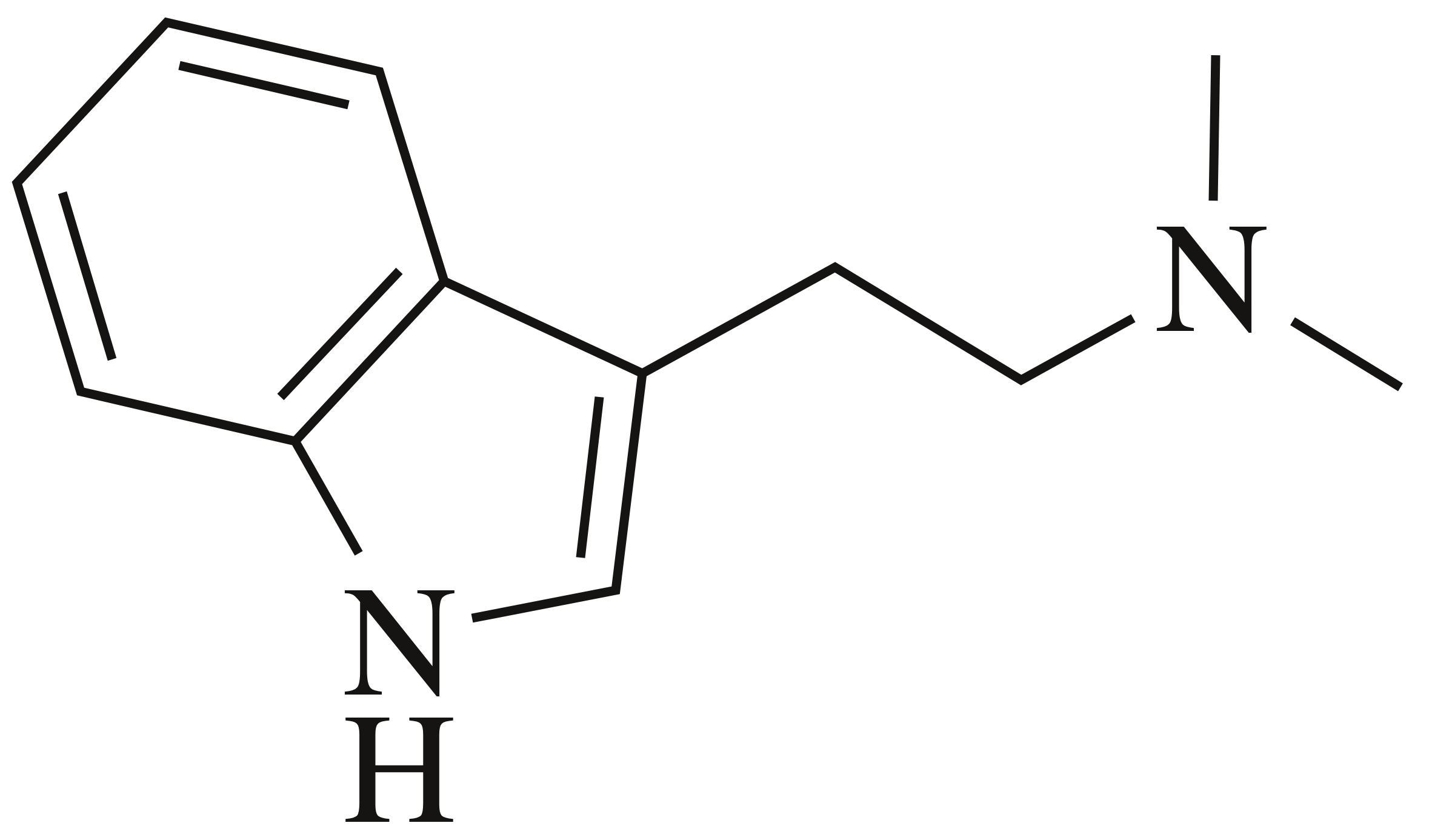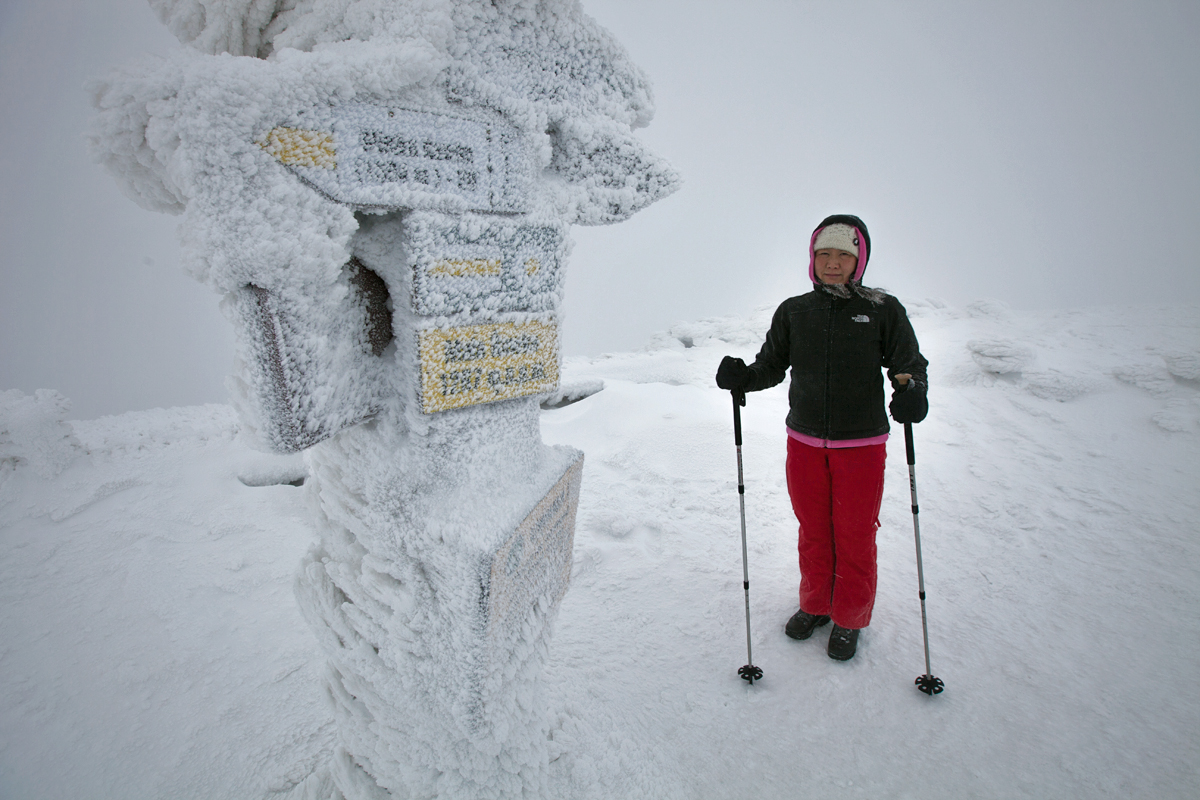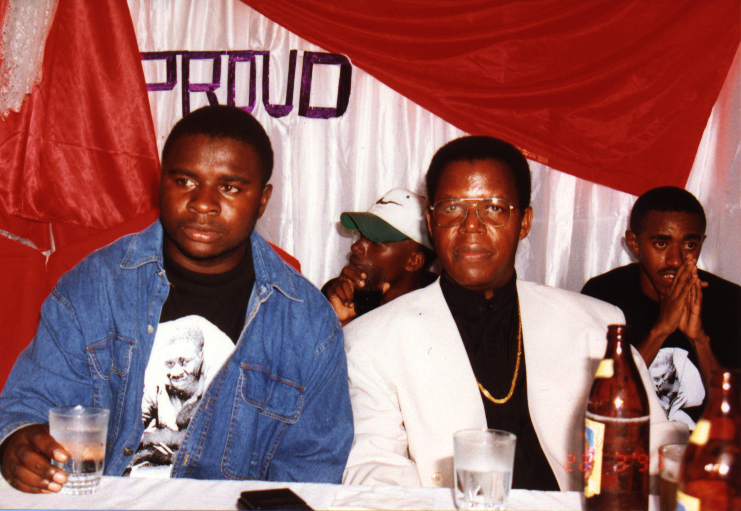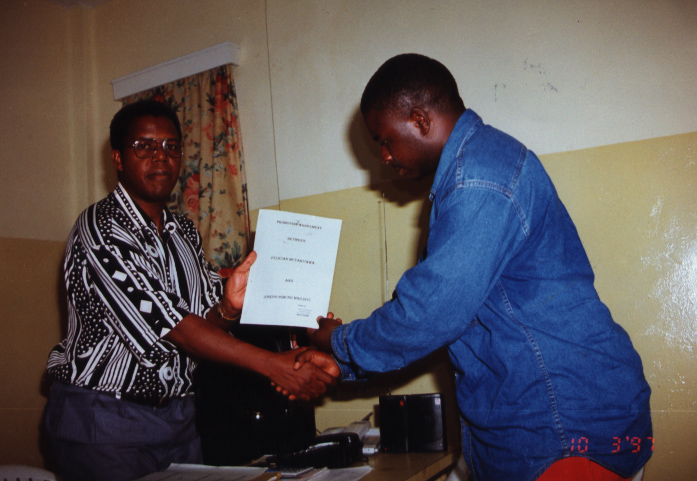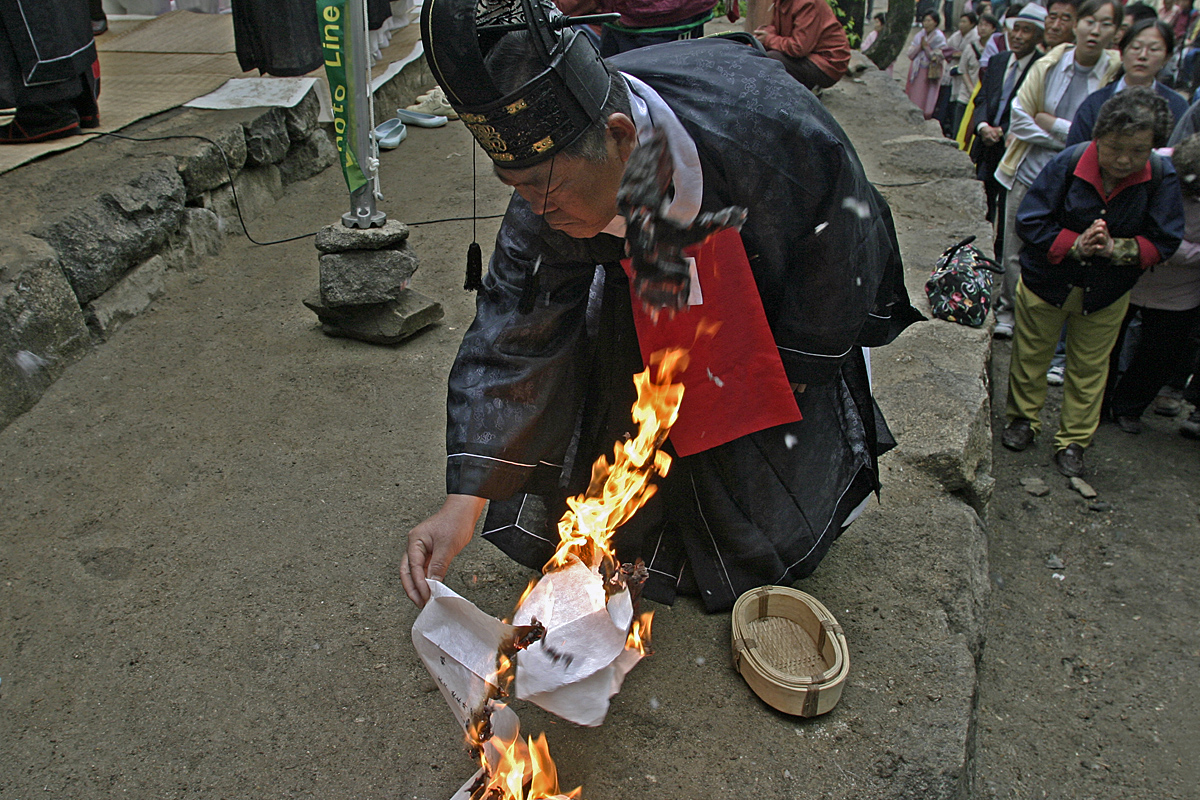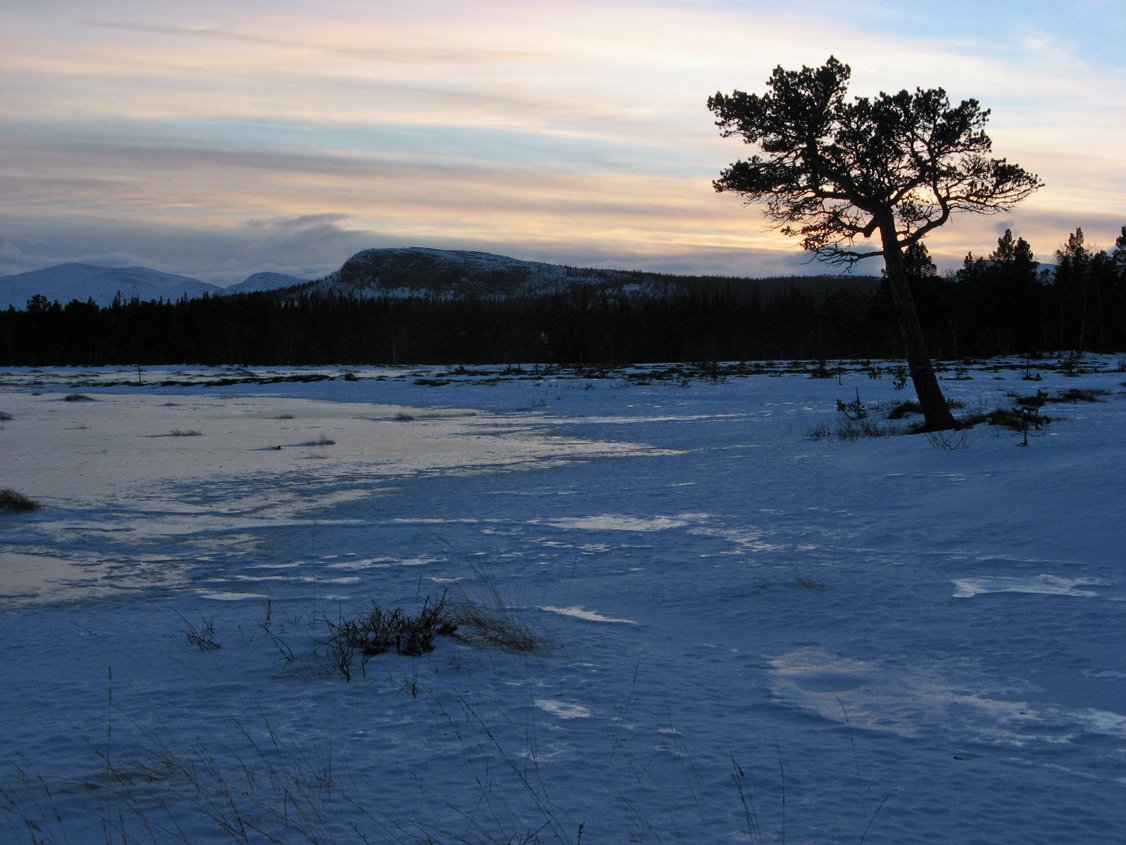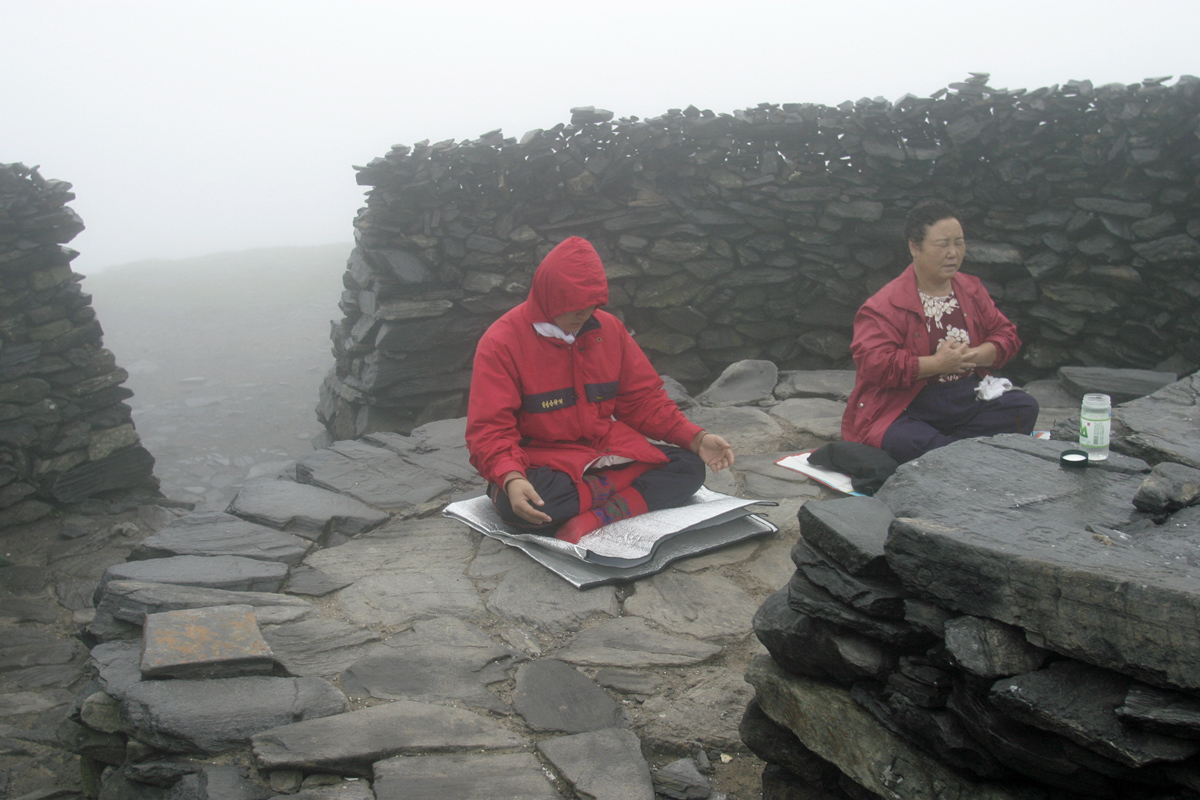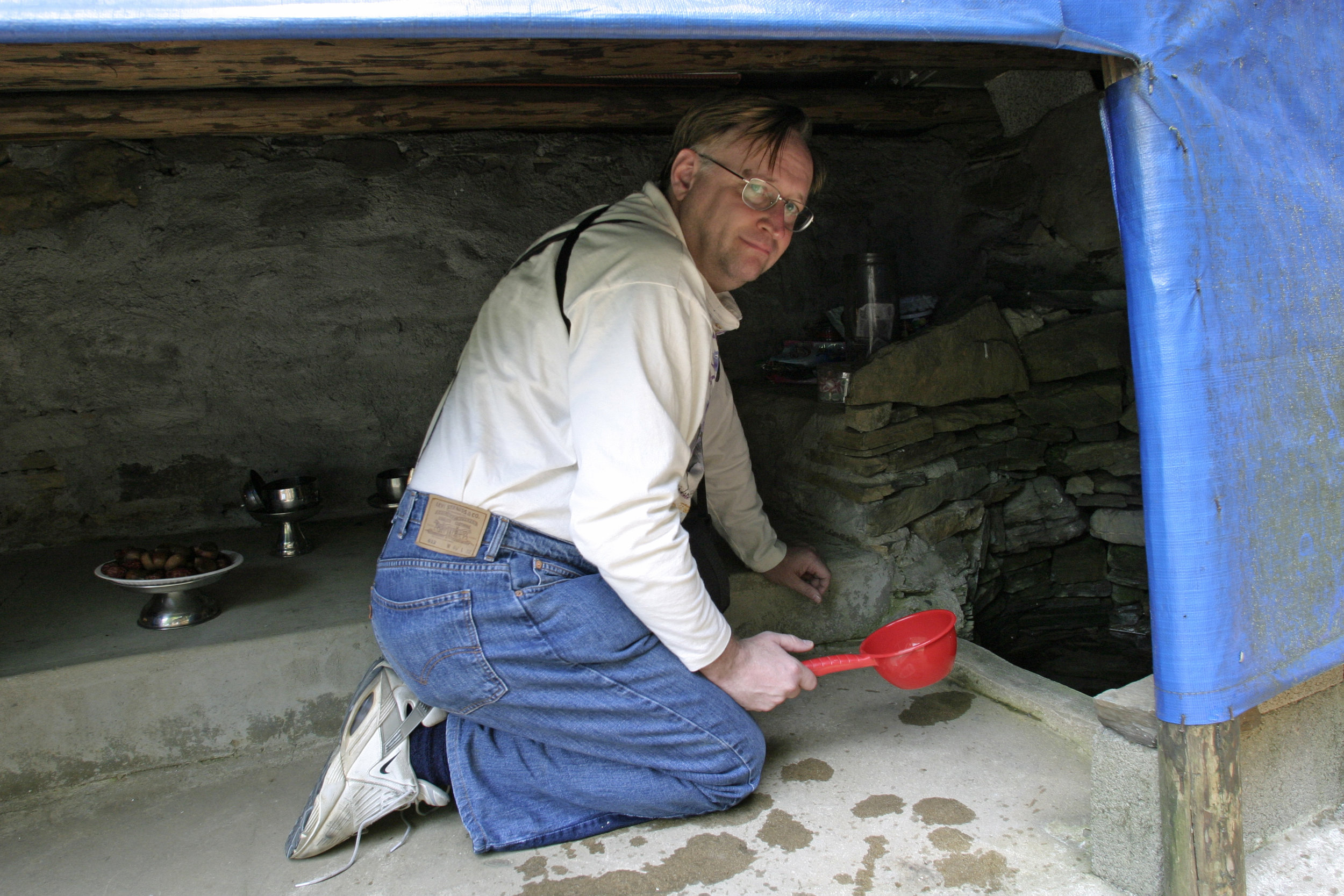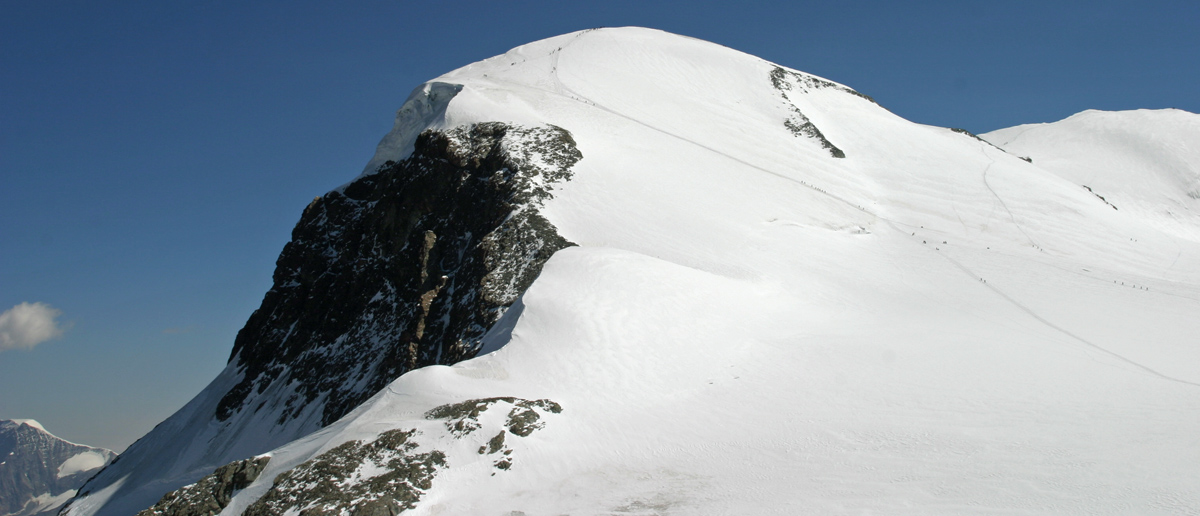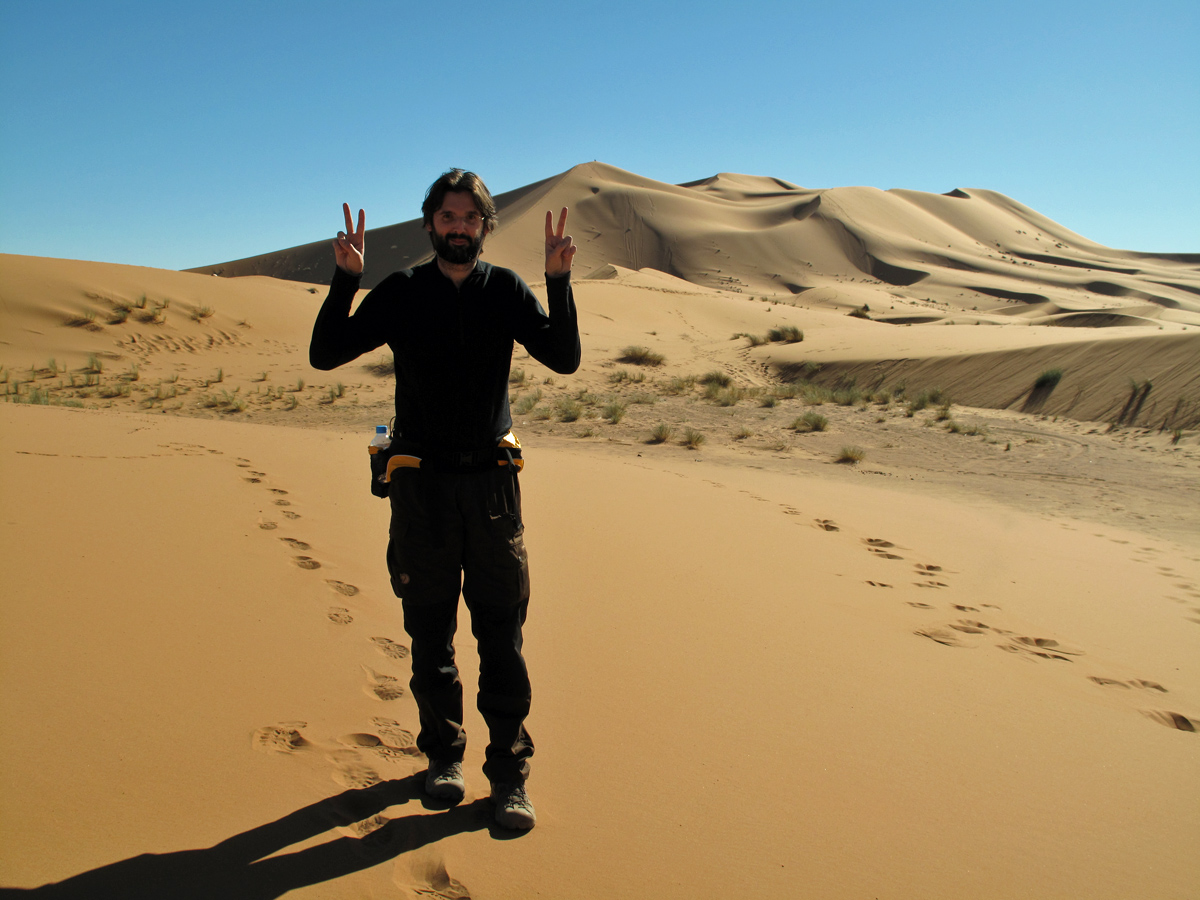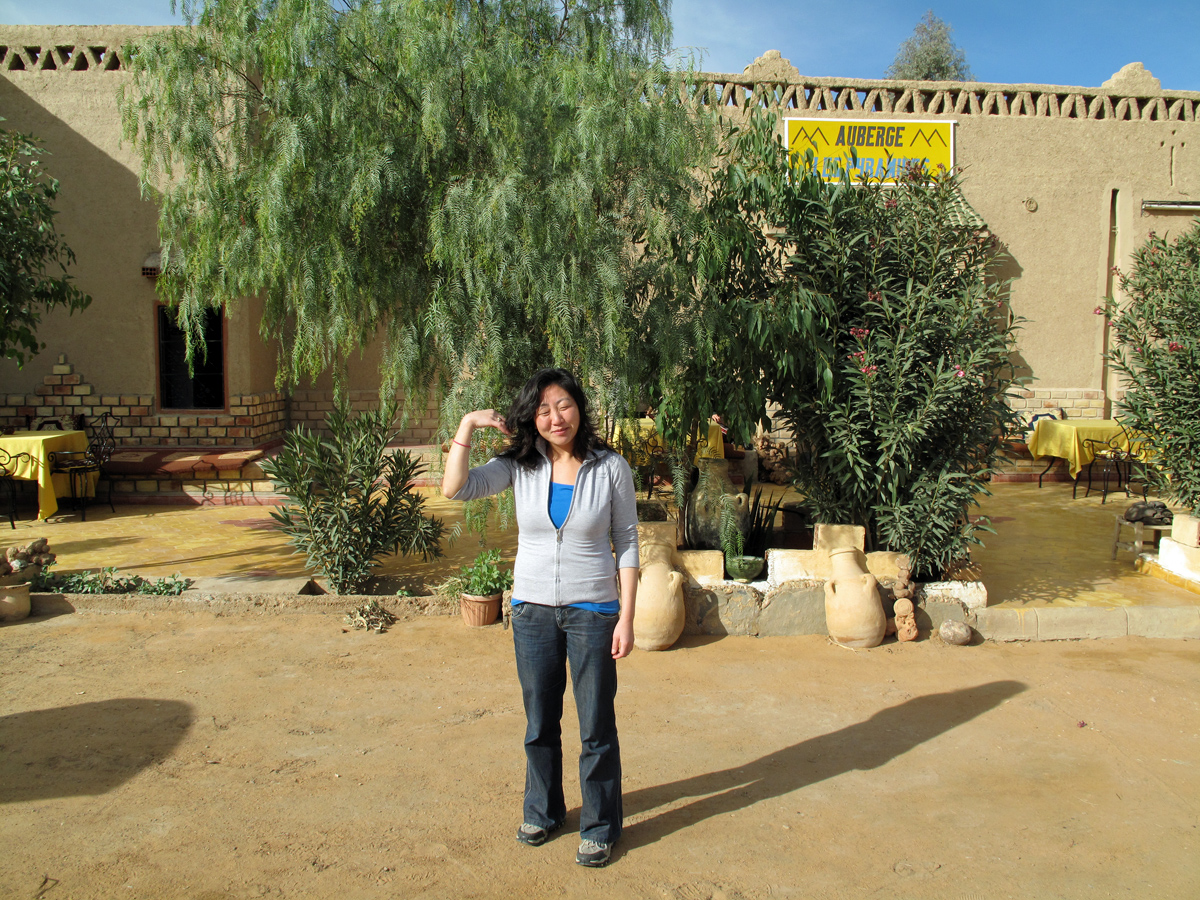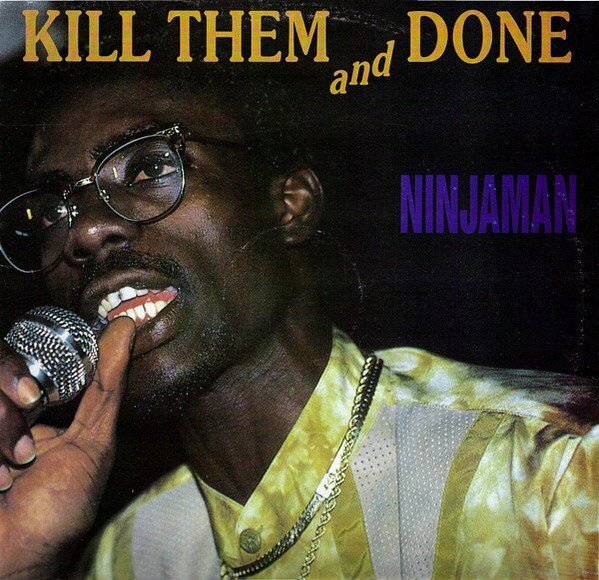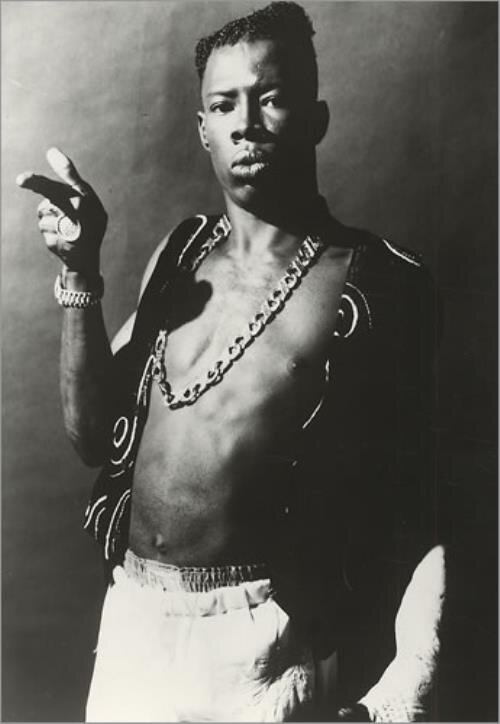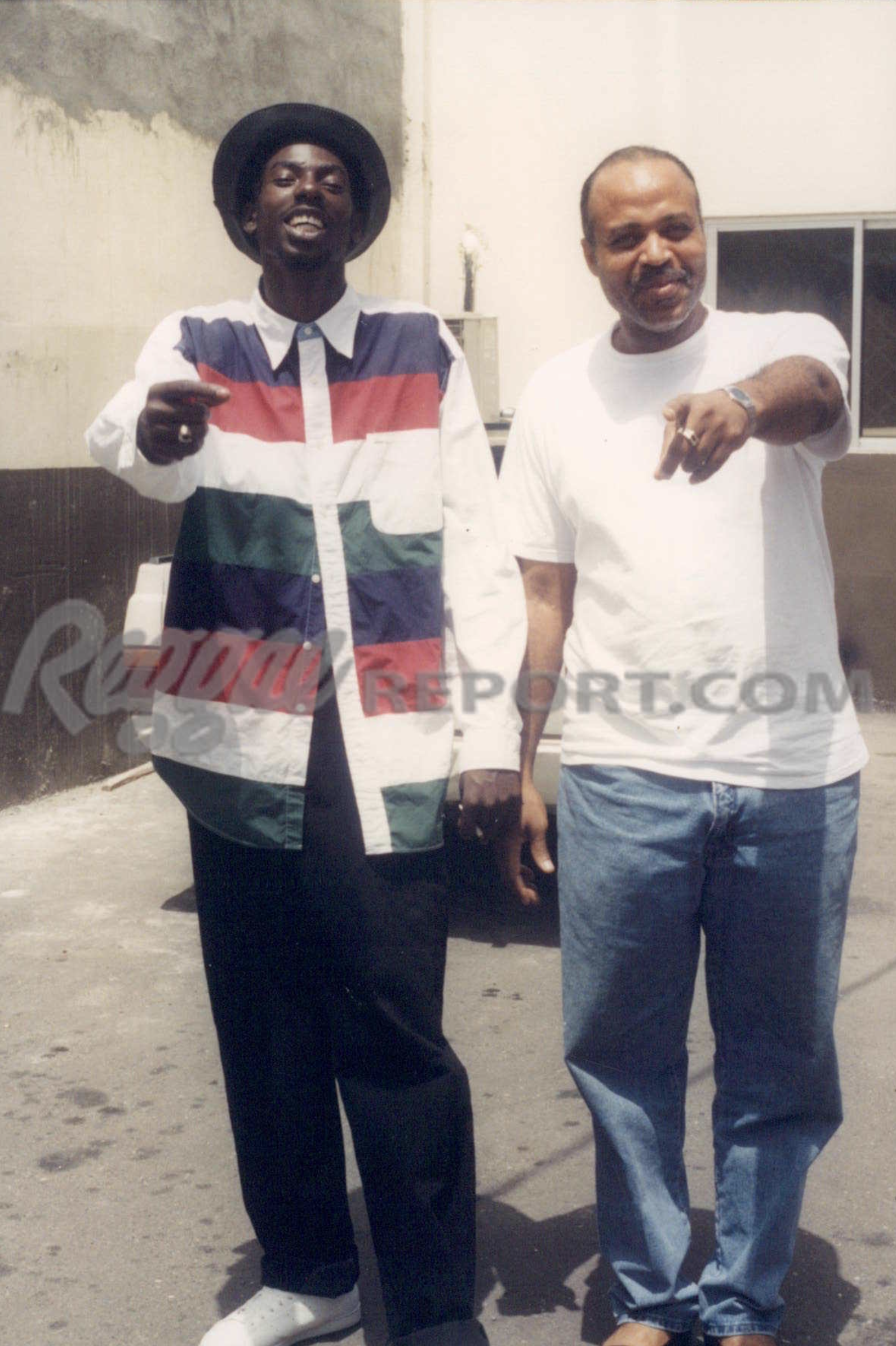The promised land
In May 1995 I travelled to Cairo for a round trip to Sinai, Jordan, Syria, Israel/West Bank and back to Cairo. It was a couple of years after the airplane crash and I hadn’t yet invested in a new camera set. I travelled with a simple point and shoot camera. I had a contact near Dahab, a young Tarabin Bedouin and the love interest of one of my class mates at the University of Amsterdam. I remember the long bus ride from Cairo through the Sinai. I didn’t stay in Dahab but checked into a small reed hut on the beach near a restaurant run by refugees from Sudan. The place was peaceful and very quiet. Every night the hot wind from the Arabian Peninsula hit the dark beach under a starry sky.
Swimming with the dolphins. I brought a cheap throw-away underwater camera with me.
Mount Sinai
The Sinai is home to Jabal Musa (2,285-metre) where Moses is said to have received the Ten Commandments. You ascend the mountain at night to witness the sunset on the peak. Down in the valley the 6th-century Saint Catherine's Monastery is located. The monastery contains the bush which is said to be the original Burning bush of Moses. Watching the sun rise of Mount Sinai was the only moment I was surrounded by other tourists, mainly christians travelling in groups.
Tarabin Bedouin
After a few days I met the Bedouin guy and arranged a night in the desert by 4-wheel drive accompanied by two of his friends, one driver and somebody to prepare a meal. The evening passed by with storytelling.
In the desert we made a campfire for some basic cooking and we slept under the stars.
From Dahab I took the bus to Nuweiba to catch a ferry to Akaba in Jordan. I first headed into the desert of Wadi Rum before visiting Amman, the capital. The British archaeologist and army-office T. E. Lawrence passed through Wadi Rum several times during the Arab Revolt, a military uprising of Arab forces against the Ottoman Empire in the Middle Eastern theatre of World War I.
Wadi Rum
I don’t recall any other tourists in Wadi Rum except for a Swiss guy I befriended. We simply hiked into the desert. The desert is one of the quietest places I have experienced. I remember sitting in the shadow of a rock and hearing the wings of a large bird cleave through the air.
In the desert we found some petroglyphs. At that time I had no information on the age of the rock carvings. I have since learned Wadi Rums contains some 25,000 petroglyphs and 20,000 inscriptions going back thousands of years. Wadi Rum is now a UNESCO Protected Area.
Damascus, Syria
I took a taxi from Amman to Damascus. I cannot find any photographs I made in Syria. I did visit the Al-Malik al-Zahir hammam, built in 985, and had my skin almost scrubbed off. I wondered about the racy open crotch women's underwear on the market, while most women were completely covered. I never printed a photo I took in Syria but I did buy a remembrance card of Bassel al-Assad.
It was the reign of Hafez al-Assad who was president of Syria since 1971 and was the center of a cult of personality. In 1994 his son Bassel al-Assad died in a car accident and plasticised cards with the portret of Bassel and Hafez al-Assad could be seen at many shops. Being the eldest son, Bassel was seen as the successor of Hafez al-Assad. Instead, Bashar al-Assad would become the president in the year 2000 and in 2020 is still in power.
From Damascus I took a bus back to Amman and a shared taxi into Jerusalem driving through the West Bank, which was divided into an Area A, B and C after to the Oslo Accords (1993-1995). The Palestinian National Authority ruled only a small part of the West Bank in 1995. The fate of East Jerusalem, being the hot potato it is, was excluded in the Oslo Accords. Our taxi was held at gun point when we entered the city. I had to show my passport while an assault rifle was pointed at my head.
I stayed in a hostel in East Jerusalem. In 1995 the city felt tense. Whenever I arrived at my hostel after dark I was pelted with fruits thrown by youngsters. I didn’t look Arabic, but I could pass as being Jewish or just as being different.
Through another friend at university I had a contact in West Jerusalem, a rabbi she met while she was working in a kibbutz. He invited me in. I asked some questions about Kabbalah but he told me that information was dangerous for somebody not initiated.
Jerusalem is a city you will never forget. No wonder Jerusalem syndrome is a thing, even though is not listed as a recognised condition in the International Classification of Diseases. In Jordan and Syria I got used to sit down in mosques and enjoy a quiet moment. When I attempted the same in the Dome of the Rock a lady started shouting at me.
In Tel Aviv I had to visit the Egyptian embassy to buy another visum to enter Egypt and I made my way back to Cairo via Eilat and Taba.
I sent a postcard to my parents from Syria. On the back it doesn't say who this man is.







